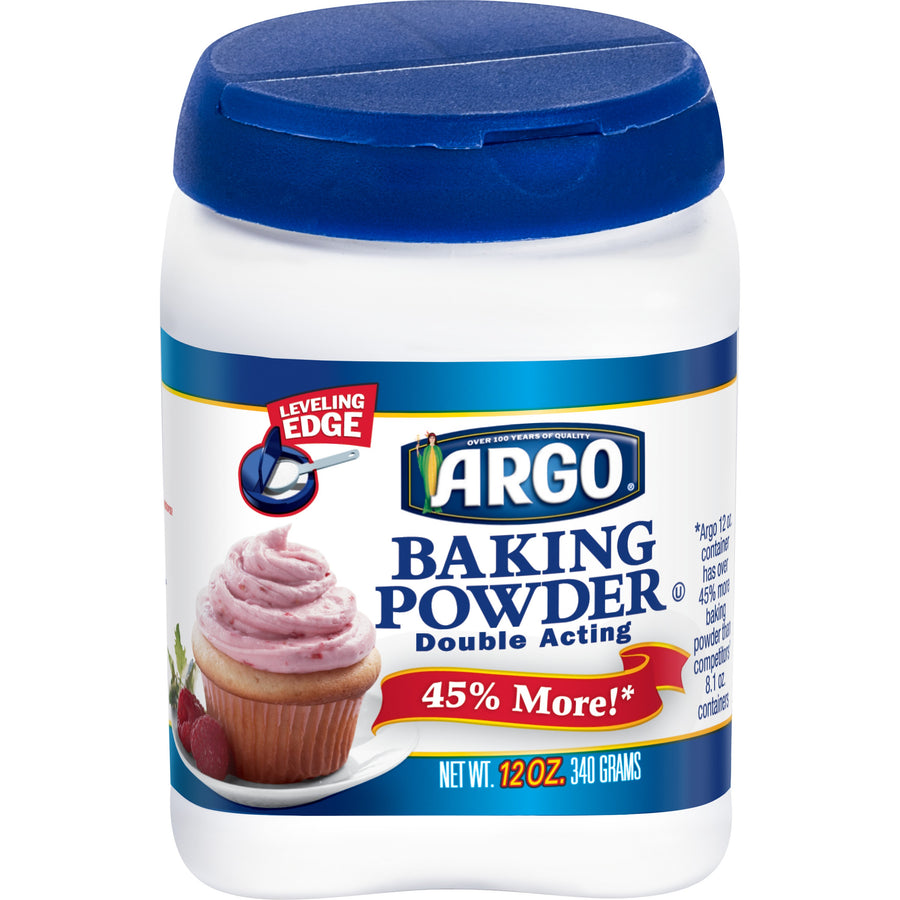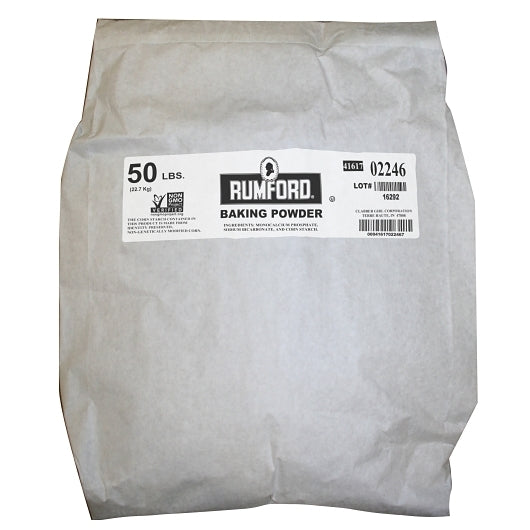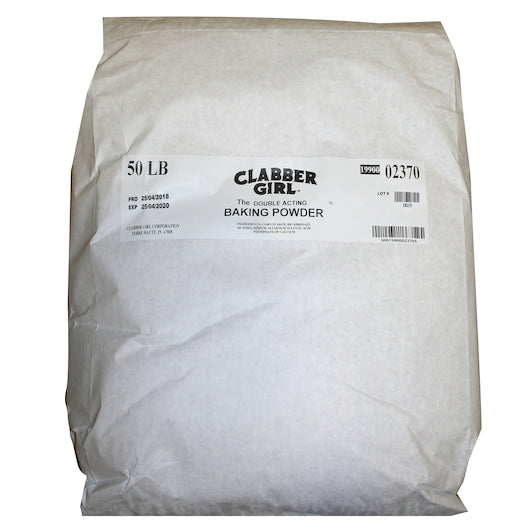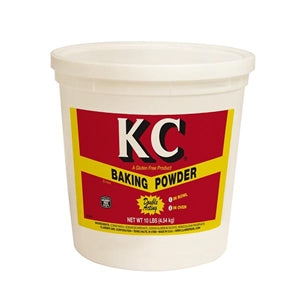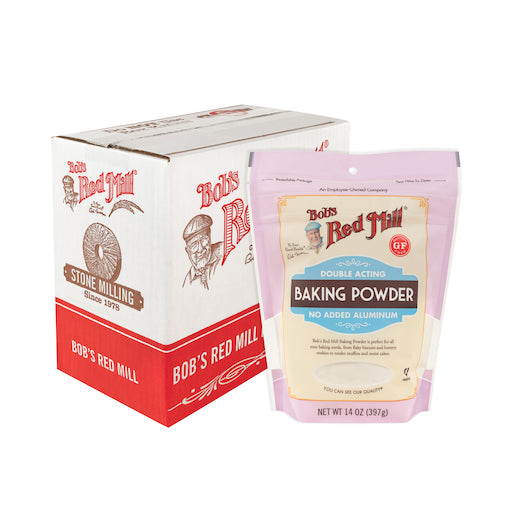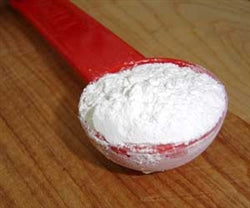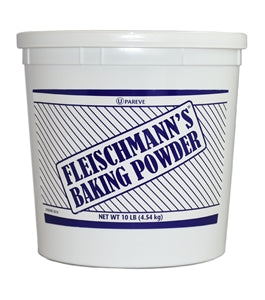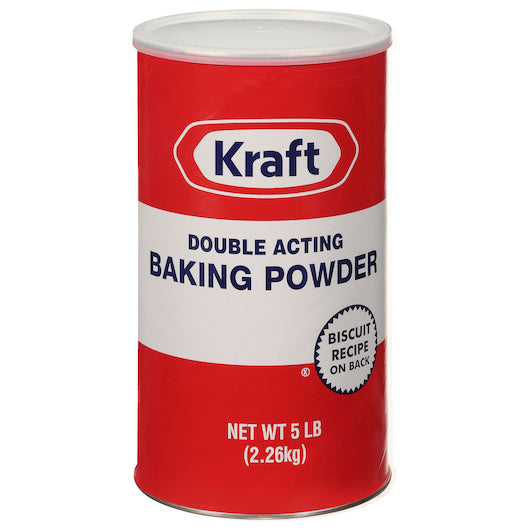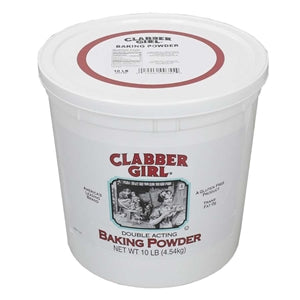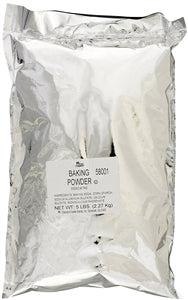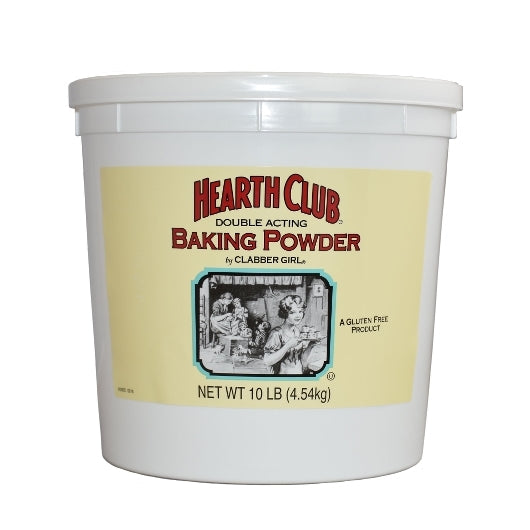Baking Powder
11 products
No membership fee required! $100 minimum orders. FREE DOCK-TO-DOCK SHIPPING $2,000* Shop with us today!
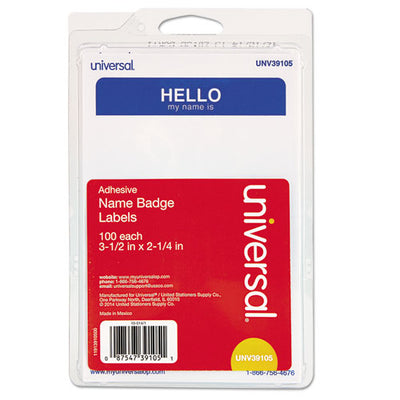
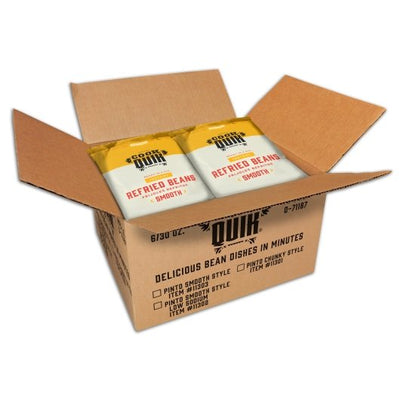
11 products
Baking enthusiasts and professional bakers alike know the magic that a little baking powder can bring to recipes. Baking powder is key in recipes for cakes, muffins, pancakes, and biscuits. It ensures these treats rise to perfection. This guide unpacks the science behind baking powder, its vital role in baking, and how you can source top-quality baking supplies from Round Eye Supply. Baking powder is an unsung hero in the world of baking. Paired with top-notch supplies from Round Eye Supply and quality ingredients from brands like Bob’s Red Mill, you’ll be on your way to baking success in no time.
Baking powder is a common leavening agent that combines an acid (usually cream of tartar) and a base (often baking soda). It helps baked goods rise and achieve a light, fluffy texture. But how does it differ from other leavening agents?
Baking powder is a must-have in recipes that lack acidic ingredients. It produces carbon dioxide, creating air pockets that make your cakes, cookies, and breads rise.
When baking powder is mixed with wet ingredients, an acid-base reaction occurs, releasing carbon dioxide gas. This gas expands in the oven's heat, making baked goods light and airy.
Single-acting baking powder reacts once when wet. Double-acting powder, however, offers a two-phase reaction, releasing gas both when mixed and when exposed to heat, ensuring consistent rise.
The essential ingredients in baking powder include sodium bicarbonate (baking soda) and an acid (often monocalcium phosphate). Cornstarch is also added to prevent premature reactions.
For those who love DIY, making baking powder is simple. Bob’s Red Mill offers a great recipe:
While both are leavening agents, baking soda needs an acid to activate, while baking powder already contains an acid component. Choose based on your recipe’s requirements.
For optimal freshness, store baking powder in a cool, dry place. Keep it in an airtight container to prevent clumping.
For best results, measure accurately, avoid overmixing, and keep the powder dry. These practices ensure a steady rise and great texture.
Subscribe TODAY for our monthly newsletter!
